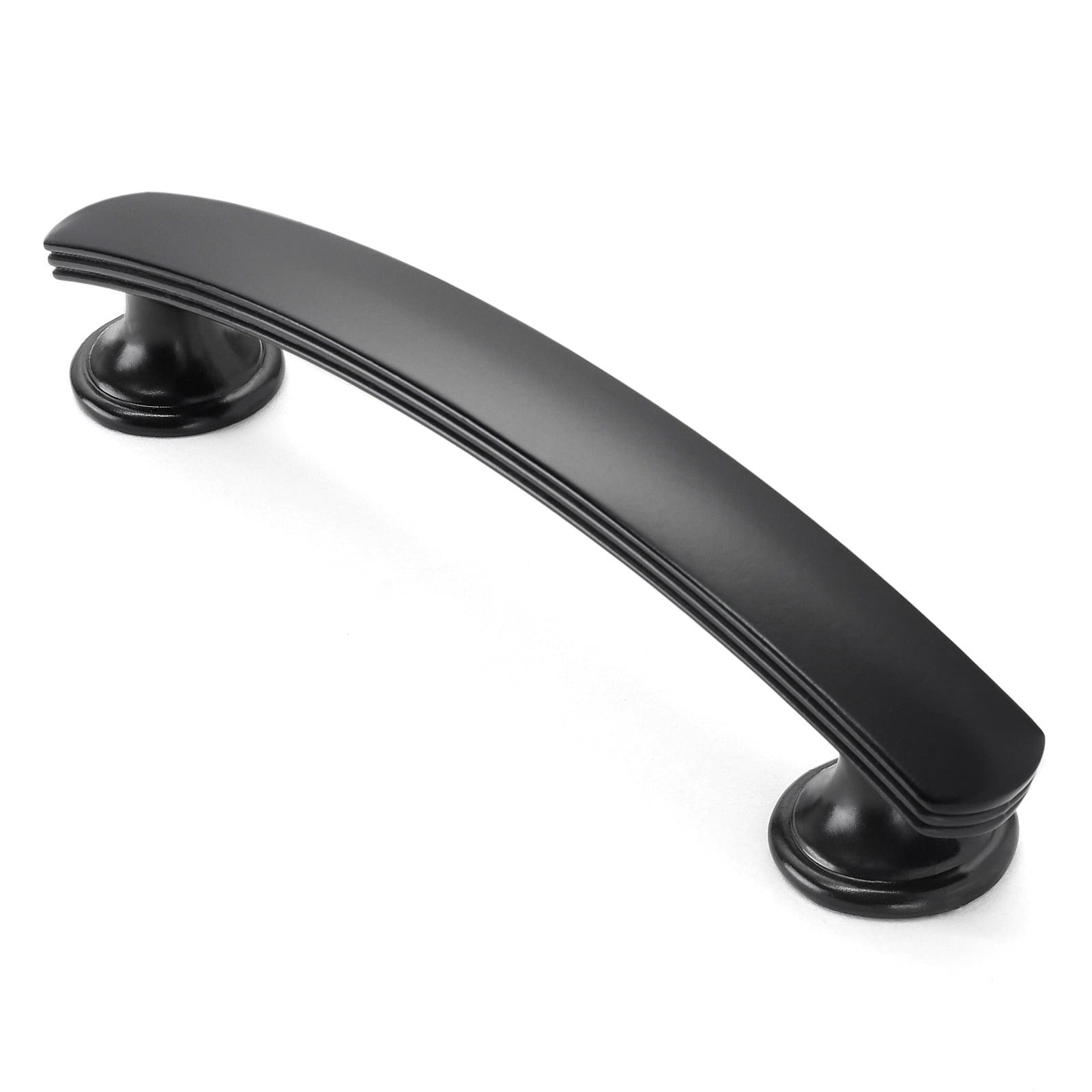Finding and Identifying Antique Black Cabinet Hardware

Finding authentic antique black cabinet hardware can be a thrilling experience, but it requires a keen eye and a bit of knowledge. With a little guidance, you can confidently identify genuine antique pieces and avoid replicas or fakes.
Identifying Marks
Identifying marks on antique black cabinet hardware can be a crucial clue in determining its authenticity and age.
- Manufacturer’s Marks: Many antique hardware pieces bear the manufacturer’s name, initials, or logo. These marks are often found on the back or underside of the piece, and they can be a valuable resource for identifying the origin and date of manufacture. Some notable manufacturers include Russell & Erwin, Sargent, and Yale.
- Patents: Antique hardware often displays patent dates, which can help determine the piece’s age. These dates are usually found on the back or underside of the hardware. For example, a piece marked “Pat. Apr. 12, 1881” indicates that it was manufactured after April 12, 1881.
- Other Marks: Other identifying marks may include the metal composition, such as “Brass” or “Bronze,” or the finish, such as “Black Nickel.” These marks can provide further insights into the piece’s history.
Styles
Antique black cabinet hardware exhibits distinct styles that reflect the prevailing design trends of their time.
- Victorian Era (1837-1901): This era is characterized by ornate and elaborate designs, often featuring intricate floral motifs, scrollwork, and geometric patterns. Black nickel plating was popular during this time.
- Edwardian Era (1901-1910): This era saw a shift towards simpler, more refined designs, often featuring geometric shapes and clean lines. Black nickel plating remained popular, but brass and bronze finishes also became prevalent.
- Art Deco Era (1920s-1930s): This era embraced geometric shapes, bold lines, and stylized patterns. Black nickel plating continued to be used, but chrome and satin nickel finishes also emerged.
Materials
The materials used in antique black cabinet hardware can vary significantly depending on the era and the manufacturer.
- Brass: Brass is a common material used in antique hardware, known for its durability and attractive patina. It was often plated with black nickel or other finishes.
- Bronze: Bronze is another popular material, prized for its strength and resistance to corrosion. Antique bronze hardware often has a distinctive greenish-brown patina.
- Iron: Iron was also used, especially in the earlier periods, but it is less common in antique black cabinet hardware due to its susceptibility to rust.
Authenticating Antique Hardware
Authenticating antique hardware is crucial to ensure you are acquiring a genuine piece.
- Expert Examination: A knowledgeable antique dealer or appraiser can provide an expert examination of the hardware, assessing its materials, style, and identifying marks.
- Online Resources: Numerous online resources, such as antique hardware forums, websites, and databases, offer valuable information on identifying antique hardware.
- Comparing with Known Examples: Comparing the piece to known examples of authentic antique hardware from reputable sources can help determine its authenticity.
Resources and Online Communities, Antique black cabinet hardware
For further information and guidance, consider exploring these resources and online communities:
- Antique Hardware Association: This organization provides a wealth of information on antique hardware, including a directory of dealers and appraisers.
- Online Forums: Antique hardware forums, such as the Antique Hardware Forum and the Antique Hardware Collectors Forum, offer a platform for connecting with collectors, enthusiasts, and experts.
- Antique Hardware Websites: Websites like Antique Hardware.com and The Hardware Guys offer extensive resources on identifying, dating, and restoring antique hardware.
